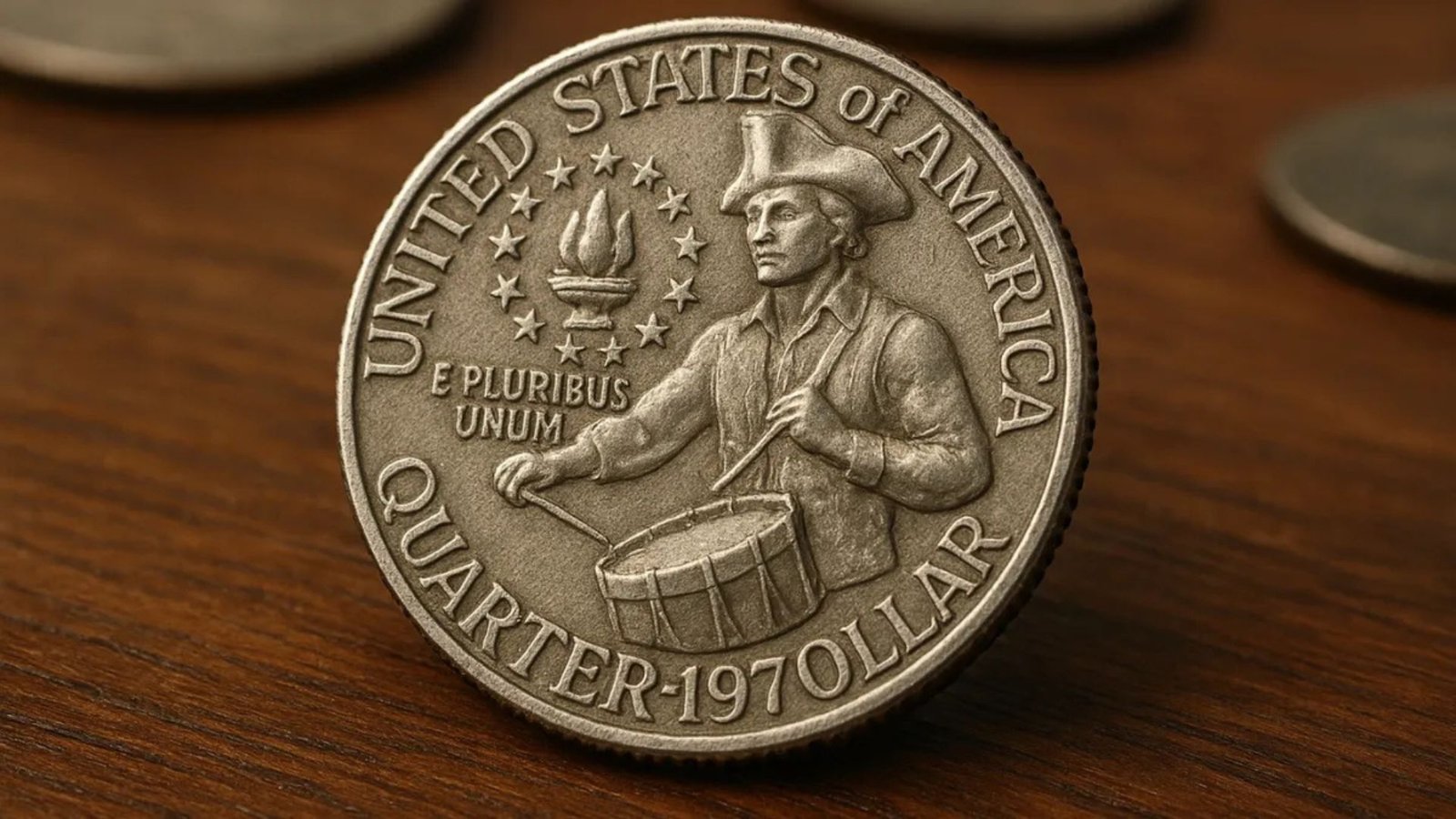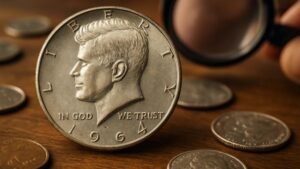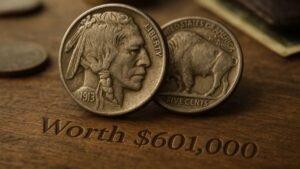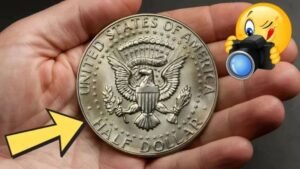Have you ever checked your loose change? You might be holding onto a rare coin that’s worth a fortune! One such treasure is a special Bicentennial Quarter, a coin minted in 1976 to celebrate America’s 200th birthday. While most of these quarters are worth just 25 cents, a rare version could be valued at up to $2.2 million! In this article, we’ll explore what makes this coin so special, how to spot it, and why it’s creating a buzz among collectors. Let’s dive in and see if you’re carrying a jackpot in your pocket!
What Is the Bicentennial Quarter?
The Bicentennial Quarter was released in 1976 to mark 200 years since the United States declared independence. These quarters stand out because they have a unique design: a colonial drummer on the back and a dual date (1776-1976) on the front. Most of these coins were made in huge numbers, so they’re common and worth only their face value. However, a rare version of this quarter is what collectors are chasing, and it could make you rich if you find it!
Why Is This Quarter So Valuable?
Not all Bicentennial Quarters are ordinary. A small number have unique features that make them incredibly valuable. Here’s why this rare coin is worth so much:
- Minting Errors: Some quarters were struck with mistakes, like being made on the wrong metal or having a double-stamped design. These errors make the coin one-of-a-kind.
- Special Composition: Most quarters are made of copper and nickel, but a few were accidentally minted on silver blanks meant for other coins. These silver quarters are extremely rare.
- Condition Matters: Coins in perfect condition, with no scratches or wear, are worth more. Collectors call these “mint condition” coins.
- Historical Value: The Bicentennial Quarter’s connection to America’s 200th anniversary adds to its appeal for collectors.
How to Identify a Rare Bicentennial Quarter
Finding a $2.2 million quarter isn’t as simple as checking your change jar, but knowing what to look for can help. Here are the key features to spot:
| Feature | What to Look For |
|---|---|
| Material | Check if the coin looks silver instead of the usual copper-nickel mix. |
| Mint Mark | Look for a “D” (Denver) or “S” (San Francisco) on the front, near Washington’s head. |
| Double Die Error | Inspect the text or design for doubling, where letters or images appear blurry. |
| Condition | A shiny, uncirculated coin with no wear is more likely to be valuable. |
Steps to Check Your Coin
- Examine the Coin’s Material: Hold the quarter up to the light. Does it have a silvery shine? Regular quarters have a copper core, but rare ones might be pure silver.
- Look for Mint Marks: Check the front of the coin, just below George Washington’s portrait. A small “S” or “D” indicates where it was made. San Francisco (“S”) coins are often more valuable.
- Inspect for Errors: Use a magnifying glass to look for doubled letters or images. This “double die” error is a big clue.
- Check the Condition: If the coin looks brand new, with sharp details and no scratches, it could be worth more.
- Get It Appraised: If you think you have a rare quarter, take it to a professional coin dealer or grading service like PCGS or NGC for an expert opinion.
Why Collectors Are Obsessed
Coin collecting, also called numismatics, is a hobby where people hunt for rare and unique coins. The Bicentennial Quarter is a favorite because of its historical significance and the chance to find a rare version. A coin valued at $2.2 million has been sold at auctions, sparking excitement among collectors. The rarity, combined with the coin’s story, makes it a “holy grail” for those in the hobby.
Where to Find These Quarters
You don’t need to dig through a treasure chest to find a rare Bicentennial Quarter. Here are some places to look:
- Your Change: Check coins in your wallet, purse, or change jar.
- Old Coin Collections: If you have a family member who collected coins, their stash might hold a gem.
- Coin Shows or Dealers: Visit local coin shops or shows where rare coins are traded.
- Bank Rolls: Some collectors buy rolls of quarters from banks to search for rare ones.
How to Sell a Rare Bicentennial Quarter
If you think you’ve found a valuable quarter, here’s how to turn it into cash:
- Verify Its Value: Get the coin appraised by a professional to confirm it’s rare.
- Choose a Selling Method: You can sell through an auction house, a coin dealer, or online platforms like eBay.
- Protect the Coin: Store it in a protective holder to avoid damage, as even a small scratch can lower its value.
- Research the Market: Check recent sales of similar coins to set a fair price.
Tips to Avoid Scams
- Work with reputable dealers or auction houses.
- Be cautious of online buyers offering quick cash without seeing the coin.
- Get a second opinion if someone says your coin isn’t valuable.
Conclusion
The Bicentennial Quarter is more than just pocket change—it’s a piece of history that could be worth $2.2 million if you find the right one. By learning what to look for, like minting errors or a silver composition, you can start your own treasure hunt. Whether you’re a coin collector or just curious, checking your quarters could lead to a life-changing discovery. So, next time you’re emptying your pockets, take a closer look—you might be holding a fortune!
FAQs
What makes a Bicentennial Quarter rare?
A rare Bicentennial Quarter has unique features like minting errors, a silver composition, or being in perfect condition. These traits make it valuable to collectors.
How can I tell if my quarter is silver?
Hold the coin up to the light. If it has a bright, silvery shine instead of a copper edge, it might be silver. A professional appraisal can confirm this.
Where can I sell a rare quarter?
You can sell it through coin dealers, auction houses, or online platforms like eBay. Always work with trusted buyers to avoid scams.
Are all Bicentennial Quarters worth a lot?
No, most are worth only 25 cents. Only specific quarters with rare errors or silver composition are valuable.
How do I get my coin appraised?
Take it to a professional coin grading service like PCGS or NGC, or visit a reputable local coin dealer for an expert evaluation.




